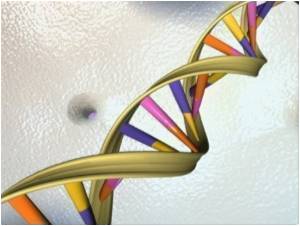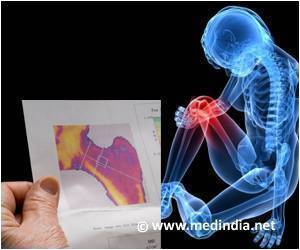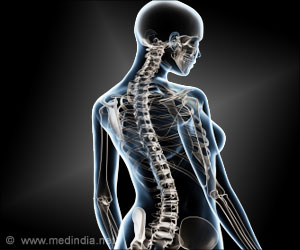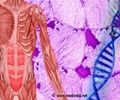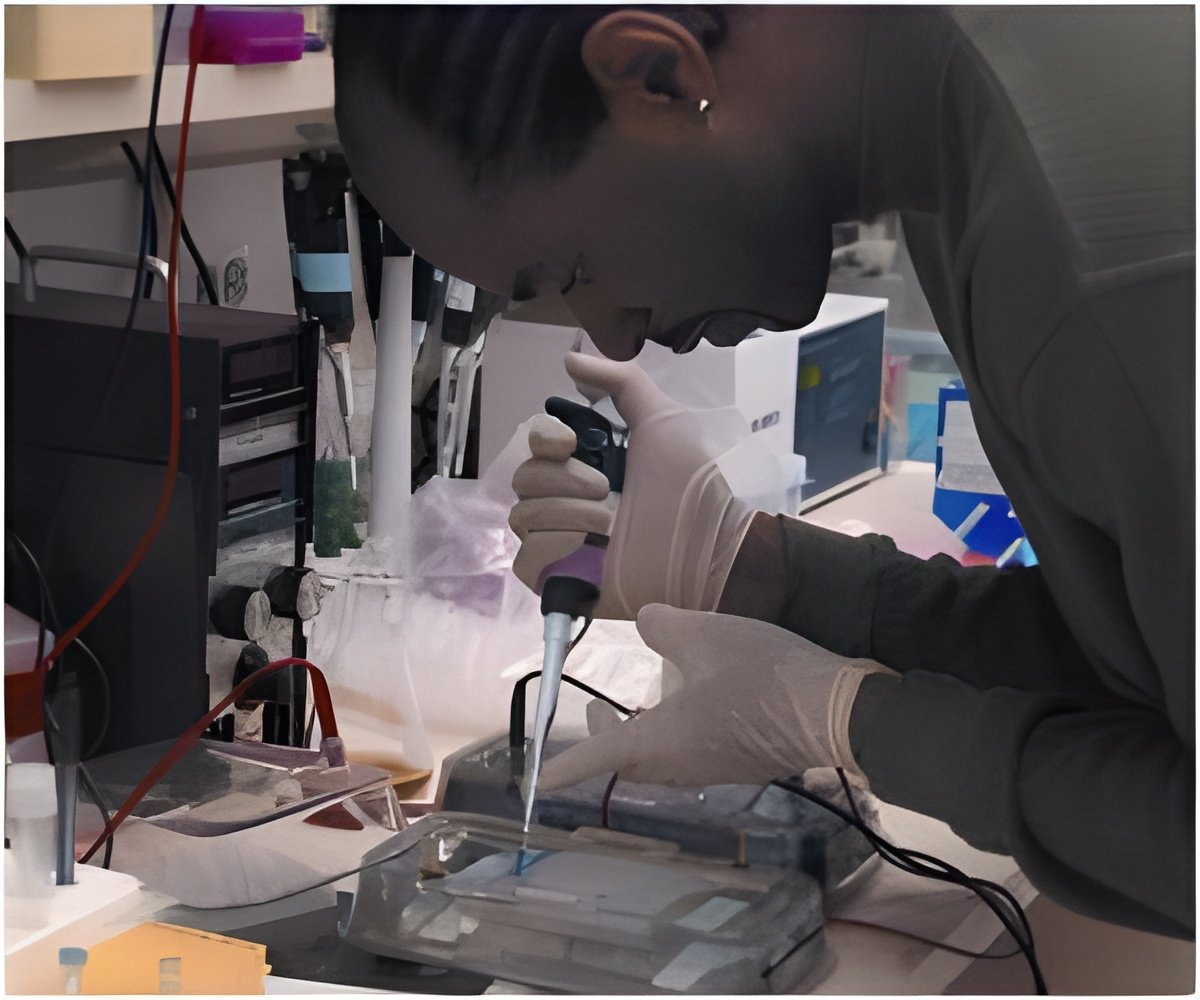
‘Mutations in the NOTCH2 gene can cause the Hajdu-Cheney syndrome. Overabundant bone-absorbing cells may be causing the disorder's characteristic bone loss, and researchers hope to find a potential treatment.’
Tweet it Now
To figure out whether the NOTCH2 variant really was responsible, Canalis and his colleagues replicated it in mice. The result, which will be reported in the Journal of Biological Chemistry, was essentially a mouse version of Hajdu-Cheney syndrome. Canalis, a professor of orthopaedic surgery at UConn Health, said, "Until now, nobody understood why people afflicted with the disease had osteoporosis and fractures." His mice seem to provide the answers. They generate a larger pool of osteoclasts, cells that break down and resorb old bone. These cells also mature faster than they do in normal mice. So Hajdu-Cheney mice have far too much bone resorbed by their bodies, and new bone doesn't grow fast enough to replace it. This leads to mice with fragile bones, very similar to people with the disease.
There are a few symptoms of the disease in humans - such as shortened fingers and oddly shaped skull bones - that the mice don't display. But overall, the mouse model is a very good model of the human disease, Canalis says.
Knowing how the disease works also suggests how it may be treated. If people with Hajdu-Cheney have too many bone-resorbing cells, then it may help to suppress the formation or activity of those cells. And Canalis says scientists know how to do that. His group is currently working on treatments in mice.
Hajdu-Cheney is an incredibly rare disease, with fewer than 100 cases ever described. But there are good scientific reasons to study it. It can illuminate the workings of bone formation and destruction, and give insight into a gene important to both the skeleton and the immune system. It could also possibly tell us about Alagille syndrome, another, much more common genetic disease associated with NOTCH2. But for Canalis, even if Hajdu-Cheney only affects a few people from a few families, what causes such suffering and how to abate it is worth searching for.
Advertisement

